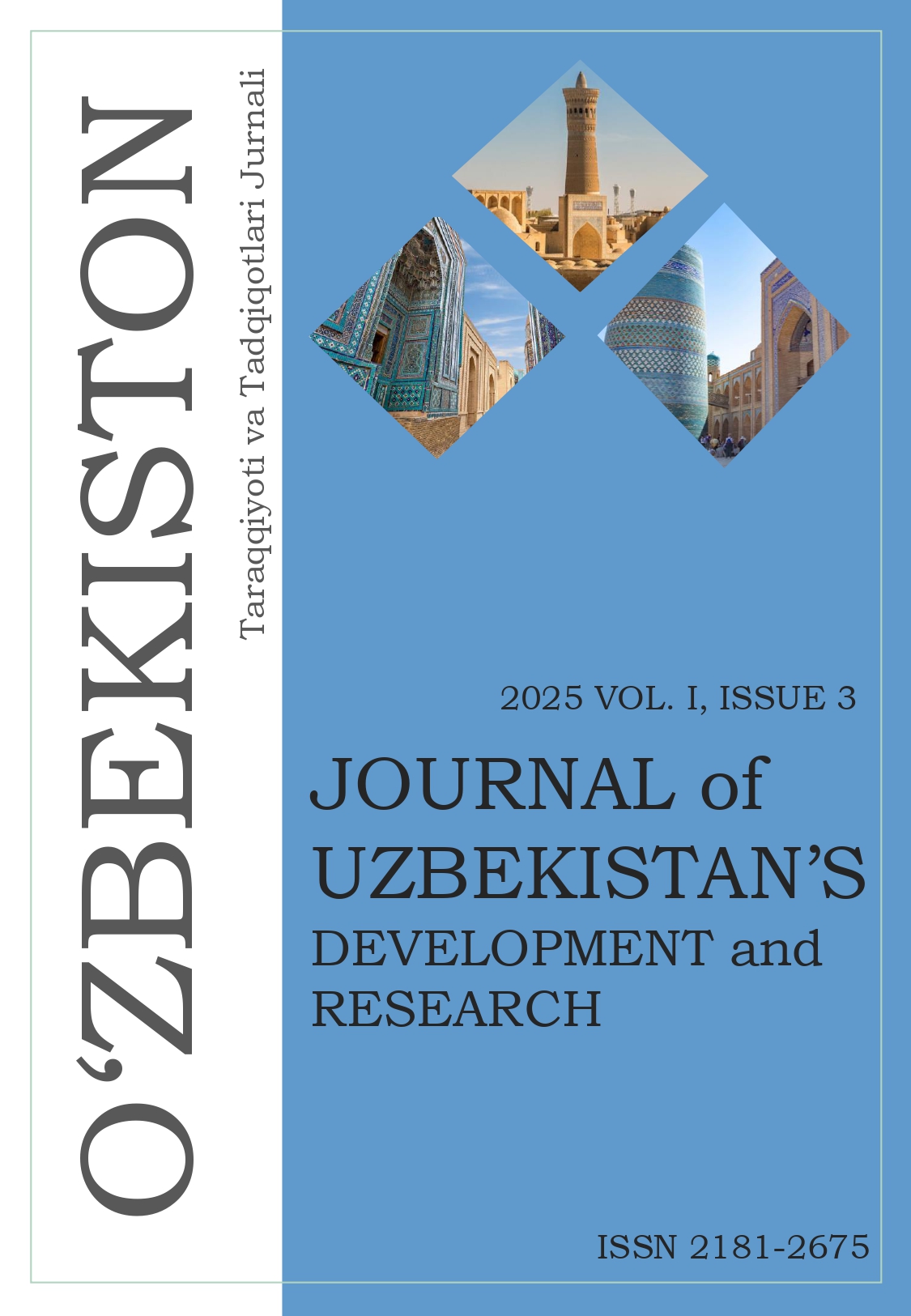METAPHORICAL DEPTH AND SYMBOLIC IMAGERY IN THE MODERNIST POETRY OF T.S. ELIOT AND EZRA POUND
Keywords:
Modernism, Metaphor, Symbolism, T.S. Eliot, Ezra Pound, The Waste Land, The Cantos, Imagism, Literary Analysis, Symbolic Imagery.Abstract
This study explores the use of metaphors and symbolic imagery in the poetry of T.S. Eliot and Ezra Pound, two central figures in modernist literature. By analyzing selected works such as The Waste Land and The Cantos, the thesis highlights how metaphor and symbol function as tools for conveying fragmented modern identity, spiritual crisis, and cultural memory. The research applies literary analysis through a comparative framework to reveal each poet's unique symbolic system. The findings suggest that while both poets utilize metaphor and symbol to construct complexity, their approaches reflect differing aesthetic and philosophical orientations.
References
1.Bloom, H. (2003). T.S. Eliot. Chelsea House.
2.Childs, P. (2000). Modernism. Routledge.
3.Eliot, T. S. (1922). The Waste Land. Boni and Liveright.
4.Lakoff, G., & Johnson, M. (1980). Metaphors We Live By. University of Chicago Press.
5.Moody, A. D. (2007). Ezra Pound: Poet: A Portrait of the Man and His Work. Oxford University Press.
6.North, M. (1991). The Political Aesthetic of Yeats, Eliot, and Pound. Cambridge University Press.
7.Pound, E. (1917–1969). The Cantos. New Directions.
8.Rainey, L. (2005). Revisiting The Waste Land. Yale University Press.
9.Scofield, M. (1988). T.S. Eliot: The Poems. Cambridge University Press.
10.Surette, L. (1999). The Birth of Modernism: Ezra Pound, T. S. Eliot, W. B. Yeats, and the Occult. McGill-Queen’s University Press.
Published
Issue
Section
License
Copyright (c) 2025 Maxmaraximova Manzura (Author)

This work is licensed under a Creative Commons Attribution-NonCommercial-NoDerivatives 4.0 International License.
All Rights Reserved.





